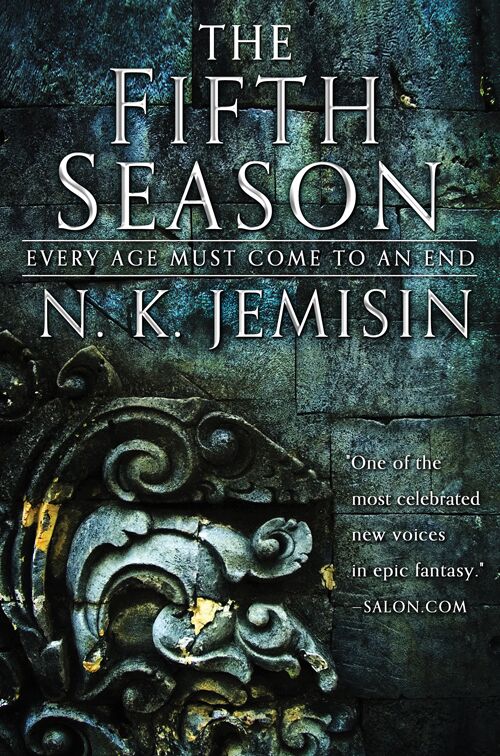
N.K. Jemisin’s ‘The Broken Earth’ breaks expectations of science fantasy
By Caroline Ho, Arts Editor
The Broken Earth is a brilliantly innovative and socially relevant recent fantasy/science fiction trilogy taking place in a world where the very Earth seems the ultimate enemy, wreaking havoc on the humans who tamper with its balance. In a literary environment littered with countless pseudo-Medieval-Europe parallels, this series shatters conventions of the genre to grapple directly with issues of societal discrimination and indominable climate change.
The first two books of the trilogy, The Fifth Season (2015) and The Obelisk Gate (2016), have won the Hugo Award for Best Novel in 2016 and 2017 respectively—making N.K. Jemisin the first black author to win a Hugo in this category. It remains to be seen if book three, The Stone Sky, published last August, will take home the 2018 award. Although I haven’t yet had the chance to read the third book myself, I’m sure it is just as captivating and chillingly pertinent to contemporary challenges as the first two.
The world itself consists of a single continent called the Stillness, which is wracked once every few centuries by a catastrophic “Fifth Season,” usually spanning several years. These Fifth Seasons experience extreme climatic conditions such as incessant ashfall and acid rain that render the planet nearly uninhabitable. As the series progresses and the struggle between humanity and Father Earth becomes clearer, the parallels to our own planet’s tumultuous relationship with our environment resonates more and more deeply.
The trilogy’s relevance to real-world problems goes far beyond its ecological scope. The Broken Earth also unabashedly confronts and challenges preconceptions of racism. Skin colour is not the nucleus of prejudice in this world, as the Stillness is populated by people with a diverse range of physical appearances. Instead, discrimination is levelled predominantly against people with orogeny—the power to move and manipulate the earth. Orogenes, or “roggas” as they are derisively known, are ostracized, feared, and despised for being dangerous merely as circumstances of birth, a bias that is almost uncomfortably familiar.
Society in The Broken Earth also stands out from the usual fantasy fare in that the series contains characters and relationships across a range of sexualities, including a polyamorous relationship that works perfectly for the characters and the context. In addition, the trilogy includes a character who happens to be transgender, which everyone simply accepts. Yet the world also has a clear hereditary caste system, with categories such as Leadership, Strongback, and Breeder, so civilization overall contains an ingenious, thought-provoking blend of progressive and regressive.
The Fifth Season follows three storylines. Essun is an orogene who has spent the last few years hiding her powers and living an ordinary village life until the day her husband kills their son and kidnaps their daughter. Syenite, an ambitious young orogene, is sent with a mysterious mentor on a mission by the Fulcrum, the organization for training and regulating orogeny. Damaya is a child brought to the Fulcrum when her orogenic powers are discovered. All three stories and their powerful characters are utterly compelling, and the moment when their plotlines connect is masterfully breathtaking.
The Obelisk Gate builds on the characters and the world as the season of devastation continues. The novel delves more deeply into the nature of orogeny and of the truth behind the world’s climatic instability—which, again, is poignant, cleverly constructed, and unmistakably relevant in the best, though most haunting, fashion.
In basically every aspect, The Broken Earth trilogy completely crushes every trope of fantasy and questions so many of our comfortable assumptions about the world. Most powerfully, it offers a mesmerizing, terrifying vision of a world perhaps not unimaginable for our own future.

